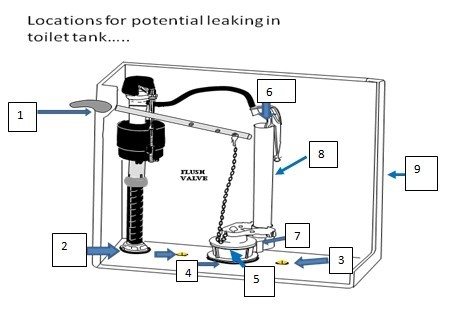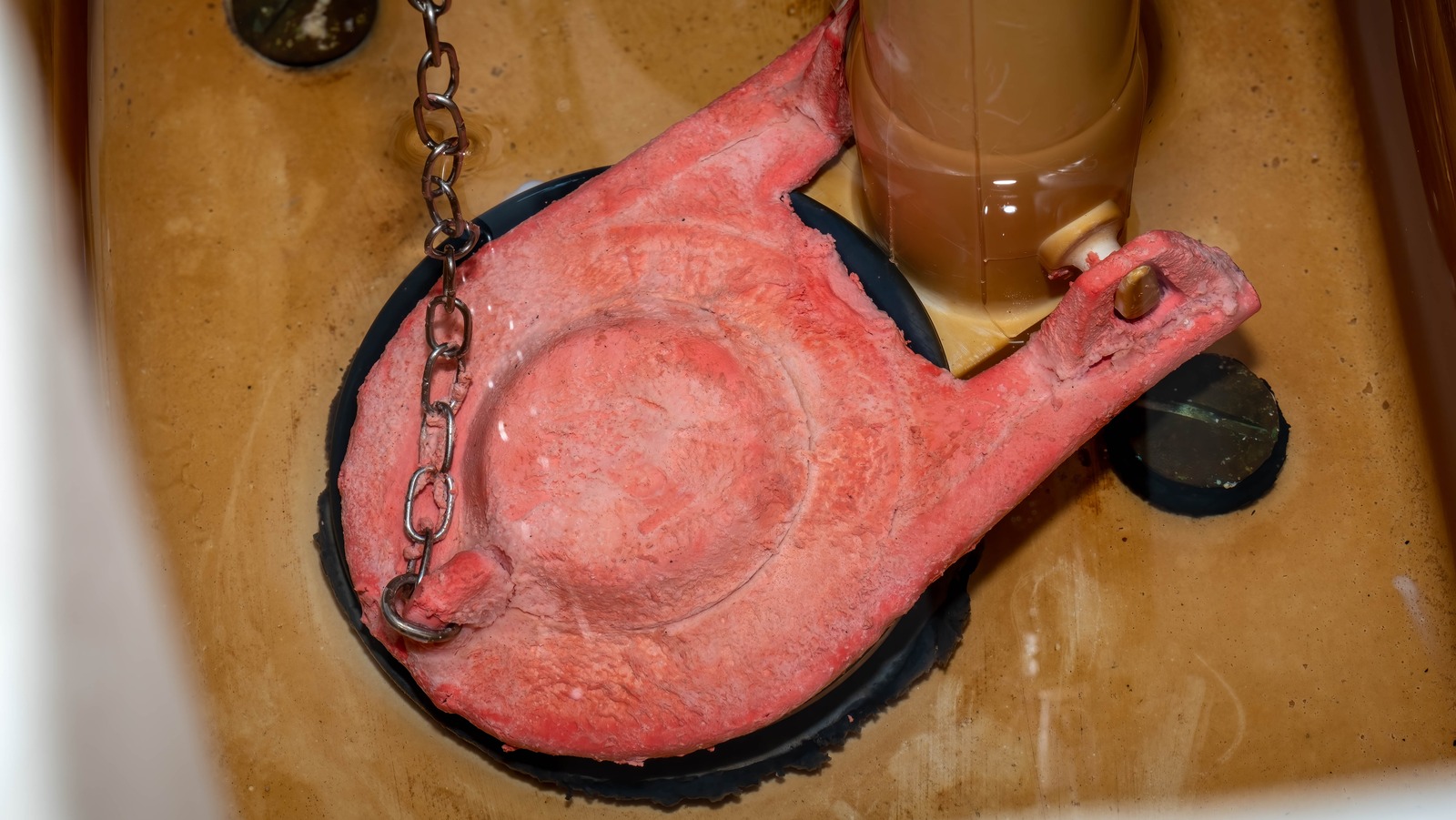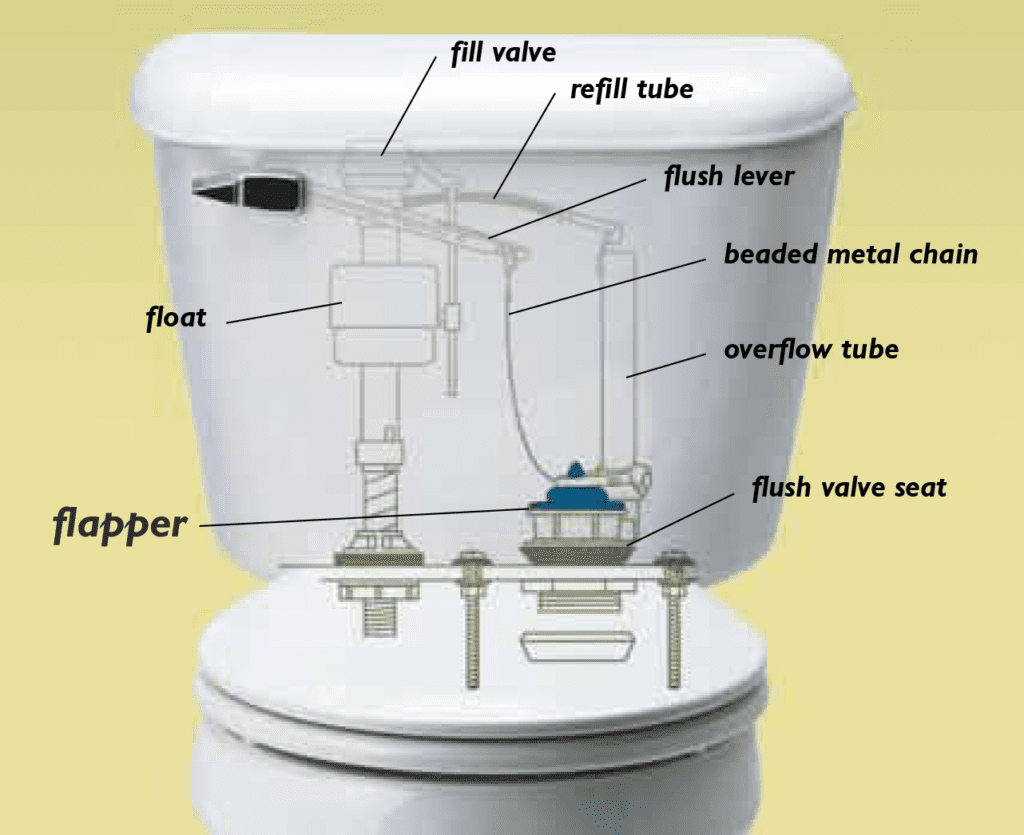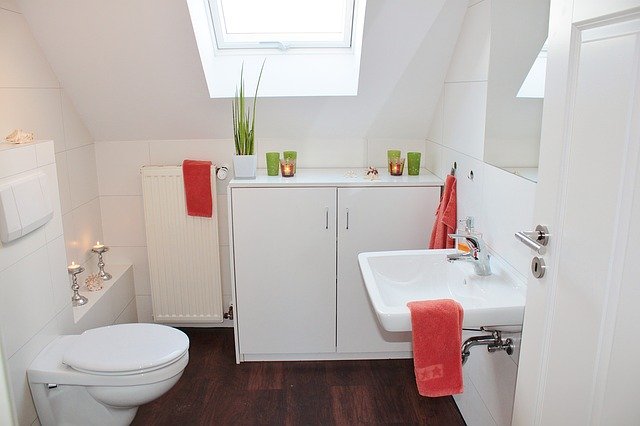Is your toilet making odd noises or running longer than usual after a flush? You might have a sneaky culprit on your hands—a bad toilet flapper.
This small but crucial component can cause big headaches if it’s not functioning properly. You’ll discover the telltale signs of a failing flapper and learn how to address the issue before it leads to costly repairs. Imagine the relief of a perfectly functioning toilet and the peace of mind knowing you’ve nipped a potential problem in the bud.
Keep reading to ensure your bathroom remains the sanctuary it should be.

Credit: www.fluidmaster.com
Table of Contents
Signs Of A Faulty Toilet Flapper
Water never stops flowing into the bowl. This wastes a lot of water. Your water bill might go up. The toilet might not refill properly. This can be a sign of a bad flapper. It’s like a faucet that won’t shut off.
The toilet does not flush with force. Waste might remain in the bowl. This can be embarrassing. The toilet does not clear properly. A weak flush can mean a flapper is not sealing well. It can lead to multiple flushes.
Strange sounds come from the toilet. Gurgling or hissing can be heard. These noises can be annoying. They may happen even when not in use. It might indicate a flapper problem. Fixing it can stop the noises.
Causes Of Toilet Flapper Failure
The toilet flapper can wear out over time. Rubber flappers can become brittle. This leads to cracks and leaks. Water and cleaning agents speed up this process. Check the flapper often. Replace it if it’s worn.
A flapper can fail if not installed right. It might not seal the tank well. Water can leak if the flapper is crooked. Make sure it’s aligned. Follow the instructions. This ensures a proper fit.
Hard water can cause mineral deposits. These deposits make the flapper hard. It won’t close properly. Inspect the flapper for any build-up. Clean it with vinegar. This helps remove minerals. Keep the flapper working well.
Testing The Toilet Flapper
Check the toilet flapper for any cracks or damage. A worn-out flapper might look warped or misshapen. Make sure it fits properly on the valve seat. If it appears old or brittle, consider replacing it. Sometimes, a simple look can reveal issues.
Put some food coloring in the tank. Wait for 15 minutes. Look in the bowl. If the water changes color, the flapper leaks. This test is easy and effective. Dye tests can help spot leaks quickly.
Ensure the chain is not too tight or too loose. It should allow the flapper to close fully. Check if the handle moves smoothly. A stuck handle can cause issues too. Sometimes, adjusting the chain helps fix problems.
Replacing A Toilet Flapper
Finding the right toilet flapper is important. Flappers come in different sizes. Measure the size of your old flapper. Check the shape too. Some are round, some are flat. Material matters as well. Rubber flappers last long. Silicone ones are also good. Compatibility with your toilet model is key. Proper fit ensures no leaks. Consult the toilet manual for help.
First, turn off the water supply. Next, flush the toilet to empty the tank. Remove the old flapper by unhooking it. Clean the area around the valve. Attach the new flapper to the hooks. Make sure it is secure. Adjust the chain length. Turn on the water. Test the flush several times. Check for leaks.
- Adjustable Wrench
- Sponge or Towel
- Bucket for water
- New Flapper
- Cleaning Brush
Preventing Future Flapper Issues
Checking for a faulty toilet flapper is simple. Listen for constant water running or look for leaks. A bad flapper often causes these issues. Replacing it can prevent water waste and high bills. Regular checks help maintain efficiency.
Regular Maintenance Tips
Check the toilet flapper every few months. Ensure it’s not cracked or worn. Clean it with a soft cloth. This keeps it working well. Also, adjust the chain. Make sure it’s not too tight or loose. This prevents leaks. Replace the flapper if it looks old. This saves water and money.
Water Quality Considerations
Hard water can harm flappers. It leaves mineral deposits. These deposits make the flapper not seal properly. Use a water softener. This reduces mineral buildup. Clean the toilet tank regularly. Remove any dirt or debris. This helps the flapper last longer.
Professional Inspection Advice
Call a plumber for a yearly check. They can spot hidden problems. This prevents bigger issues later. Ask them to show you what to look for. Learn the signs of a bad flapper. It helps you fix problems early. This keeps your toilet in good shape.

Credit: www.housedigest.com

Credit: pinellas.gov
Frequently Asked Questions
How To Identify A Bad Toilet Flapper?
A bad toilet flapper often causes toilet leaks. You might notice water running continuously. Check if the flapper is sealing properly. If it’s worn out or damaged, it likely needs replacement. A simple dye test can help confirm leaks. Replace the flapper to resolve the issue.
What Are The Signs Of A Faulty Flapper?
Signs of a faulty flapper include continuous toilet running and higher water bills. You may hear hissing sounds. Water might leak into the bowl. Inspect the flapper for wear and tear. If damaged, replacing the flapper usually resolves these problems effectively.
Why Does My Toilet Keep Running After Flushing?
A running toilet often indicates a flapper problem. The flapper might not seal properly, causing water to leak. Check for mineral buildup or wear. Adjust or replace the flapper to stop the running. Regular maintenance can prevent this common issue.
How Can I Test My Toilet Flapper?
To test your toilet flapper, perform a dye test. Add food coloring to the tank. Wait 15 minutes without flushing. If color appears in the bowl, the flapper might be leaking. Inspect and replace if necessary to ensure proper sealing.
Conclusion
A bad toilet flapper causes leaks and higher water bills. Regular checks help identify issues early. Listen for constant running water. Inspect the flapper for cracks or wear. Replace it if you notice any problems. Fixing a faulty flapper is simple and saves money.
Always prioritize maintenance for efficient toilet function. Remember, a well-maintained toilet flapper ensures peace of mind. Keep your bathroom running smoothly with regular inspections. Don’t ignore those telltale signs of trouble. A little attention now prevents bigger problems later. Stay alert, act promptly, and enjoy hassle-free plumbing at home.






